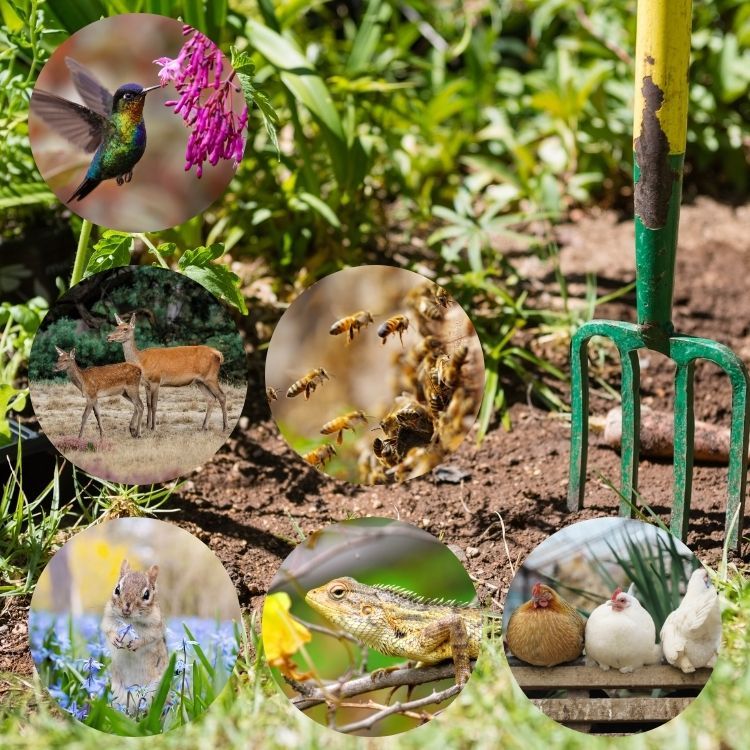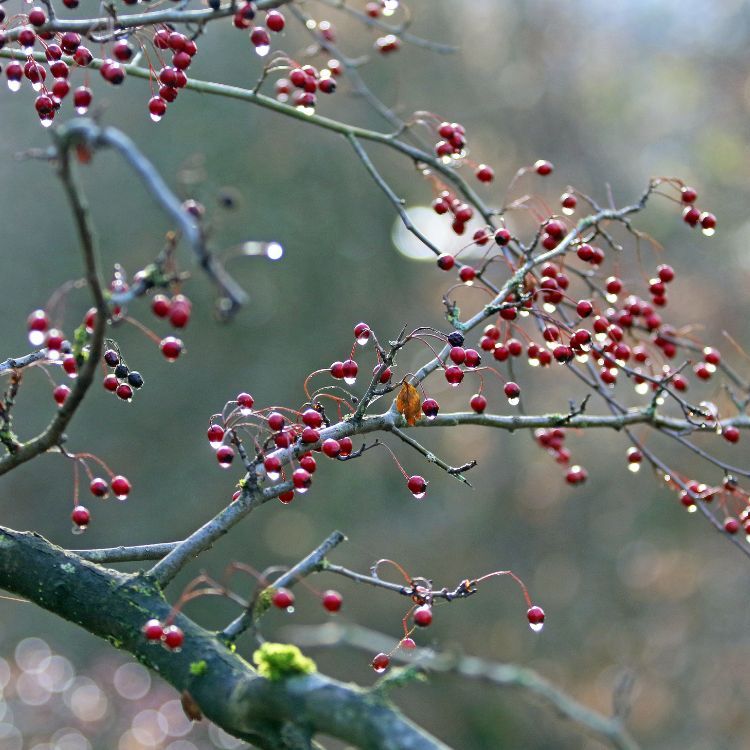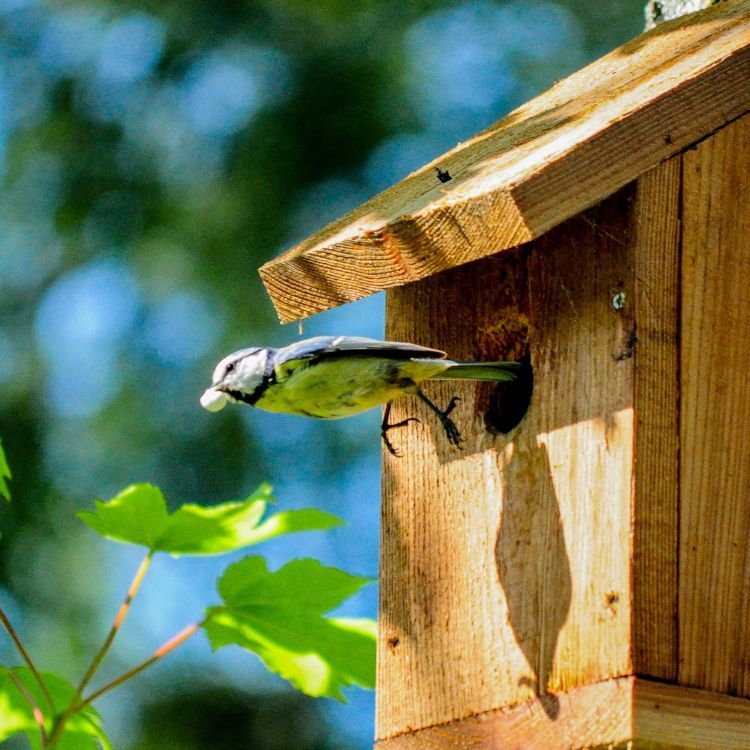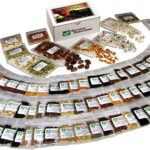
Transforming your little slice of the city into a wildlife oasis might seem like a tall order, but with a few survival garden tips, you can create a thriving hub for urban fauna. It’s not just about the aesthetics; it’s about fostering a small ecosystem that supports life and contributes to the health of our planet. So roll up your sleeves, because we’re about to dive into the world of urban wildlife gardening.
Article-at-a-Glance
Understanding the importance of urban survival gardens for wildlife.
Identifying the key components of a wildlife-friendly urban garden.
How to select the right plants to attract and support urban wildlife.
Creating essential water sources for birds, bees, and other creatures.
Designing shelters and habitats to make your garden a wildlife refuge.
Why Urban Survival Gardens Matter
Urban survival gardens go beyond providing fresh produce for your table; they serve as vital green spaces for wildlife in the concrete jungle. These gardens offer a sanctuary for birds, insects, and small mammals, helping to maintain biodiversity and ecological balance. Most importantly, they connect us to nature and remind us of the importance of conservation, right in our backyards.
Key Components of a Wildlife-Friendly Urban Garden
Before we jump into the specifics, let’s break down what makes a garden truly welcoming to wildlife. Think of your garden as a mini-ecosystem that needs certain elements to thrive:
Diverse plant life that provides food and shelter.
Water sources for drinking, bathing, and habitat.
Safe shelters and nesting sites for protection and breeding.
Natural pest control through beneficial predators.
Seasonal planning to ensure year-round support for wildlife.
With these components in mind, you can design a garden that not only looks beautiful but also plays a crucial role in supporting urban wildlife.
Selecting the Right Plants for Urban Wildlife
Plants are the foundation of any survival garden. They provide the necessary food and shelter for wildlife and contribute to the overall health of your garden ecosystem. Let’s explore how to choose the best plants for your urban sanctuary. For more information on creating a self-sustaining, low-maintenance food system, consider learning about perennial vegetable guilds.
Native Plant Varieties and Their Benefits
Native plants are the MVPs of a wildlife-friendly garden. They’re adapted to the local climate and soil conditions, which means they require less maintenance and are more resilient to pests and diseases. But the real magic lies in their ability to support native wildlife. Here’s why:
They provide the right kind of food for local species, from nectar to nuts and berries.
Native plants offer suitable habitat and nesting materials for birds and insects.
They help preserve the local genetic diversity of plant species.
To find out which plants are native to your area, check with local gardening clubs or extension services. They can provide a wealth of information and help you select the right plants for your urban wildlife garden.
Plants That Attract Pollinators
Pollinators like bees, butterflies, and hummingbirds are essential for a healthy ecosystem. To attract these vital visitors, focus on planting a variety of flowering plants. Here are a few tips:
Choose flowers with different shapes and colors to appeal to a wide range of pollinators.
Plant in clusters to create a “target” for pollinators to easily spot.
Include plants that bloom at different times to provide nectar and pollen throughout the growing season.
Remember, the goal is to create a buffet for pollinators that keeps them coming back for more.
Year-Round Blooms for Continued Wildlife Support

One of the keys to a successful urban wildlife garden is to provide resources throughout the year. This means selecting plants that will offer food and shelter across different seasons. Consider these strategies:
Plant evergreens for year-round shelter and winter berries for food.
Include early bloomers like crocuses and snowdrops to support insects emerging in spring.
Choose autumn-flowering plants like asters and goldenrods to fuel migrating butterflies and bees.
By thinking seasonally, you can ensure that your garden is a haven for wildlife no matter the time of year.
Ensuring Safety and Accessibility for Small Wildlife
Creating a safe haven for wildlife means ensuring that the creatures visiting your garden can access what they need without harm. It’s not just about having the right elements; it’s about making them safe and accessible. For example, shallow edges on a pond allow creatures to drink without the risk of drowning, and birdhouses with the right-sized entrance holes keep out predators.
Designing Shelters and Habitats Within the Garden
Shelters in your urban garden can be as simple as a pile of rocks for a toad or as intricate as a birdhouse designed for a specific species. When designing these spaces, think about the needs of the wildlife you wish to attract. Do they need a place to hide from predators? A warm spot for the winter? Catering to these needs will make your garden an attractive spot for urban wildlife.
Incorporating Sheltering Structures
Incorporating sheltering structures into your garden can be both functional and decorative. Birdhouses, bat boxes, and insect hotels not only provide necessary refuge for wildlife but also add a charming touch to your space. When placing these structures, ensure they’re in quiet areas of the garden where animals can use them without disturbance.
Moreover, consider the materials you use. Natural, untreated wood and other eco-friendly materials are not only better for the environment but also safer for the wildlife that will call your garden home.
Utilizing Natural Features for Animal Habitation
Alongside man-made structures, natural features like brush piles, dead logs, and dense shrubs provide excellent shelter for a variety of wildlife. These features also contribute to the garden’s organic feel, making it more inviting for both animals and humans alike. The key here is to balance tidiness with a bit of wildness—nature isn’t neat, and your survival garden doesn’t have to be either.
Natural Pest Management for a Thriving Ecosystem
Natural pest management is a critical aspect of maintaining a healthy survival garden. By encouraging beneficial insects and other natural predators, you can keep pest populations in check without the need for harmful chemicals.
Plant herbs like basil and dill to attract predatory insects that feed on common pests.
Encourage birds by installing feeders and nesting boxes; they’re excellent at insect control.
Maintain a small water feature to support amphibians, which are also natural pest controllers.
These methods not only keep your garden healthy but also ensure that the wildlife visiting your space is not exposed to toxic substances. For more insights, explore our urban survival gardening strategies.
Remember, a balanced ecosystem is a healthy one. By supporting a variety of life in your garden, you encourage natural checks and balances that keep any one species from becoming too dominant.
Beneficial Insects and How to Attract Them
Beneficial insects are the unsung heroes of the garden, keeping harmful pests at bay while promoting pollination. Attracting them is as simple as providing a diverse range of plants that flower at different times, ensuring a consistent food source. Consider planting:
Yarrow, which attracts ladybugs and predatory wasps.
Lavender, which is loved by many beneficial insects for its nectar.
Sunflowers, which not only attract pollinators but also provide seeds for birds.
Organic Solutions to Common Garden Pests
When pests do become a problem, reach for organic solutions before chemical ones. Neem oil, insecticidal soaps, and diatomaceous earth can manage many common pests without harming the beneficial insects or wildlife you’ve worked so hard to attract. Always follow the directions closely and apply in the evening or early morning to minimize the impact on pollinators.
Seasonal Garden Maintenance for Wildlife Attraction

As the seasons change, so do the needs of your garden’s wildlife. In the fall, leave seed heads on plants to provide food for birds and small mammals. In the spring, clean out birdhouses and refresh water sources to welcome new life into your garden.
Seasonal maintenance ensures that your garden remains a haven year-round, adapting to the changing needs of its inhabitants.
As winter approaches, consider these additional steps:
Preparing Your Garden for Winter Wildlife
Winter can be a tough time for urban wildlife, but your garden can be a beacon of hope during the cold months. Leave some leaf litter on the ground to provide insulation and habitat for overwintering insects. Evergreen plants offer shelter from the wind and cold, while bird feeders can be a critical food source when natural supplies are scarce.
Don’t forget about water. A heated birdbath or a small pond with a water heater can provide drinking water when everything else is frozen solid.
Refreshing Your Urban Oasis for Spring Arrivals
As the days grow longer and the temperatures rise, it’s time to welcome a new season of life into your garden. Early spring is the perfect time to prune dead branches, divide overgrown perennials, and plant new life. Adding a mix of early bloomers can provide much-needed nectar for emerging pollinators.
Resources and Tools for Your Urban Wildlife Garden
Equipping yourself with the right tools can make all the difference in your urban gardening journey. Here are some essentials:
A sturdy pair of gardening gloves to protect your hands.
Pruners and shears for maintaining plants and creating shelters.
A watering can with a long spout to reach all your plants and provide gentle watering for delicate flowers.
But most importantly, the best resource is knowledge. Take the time to learn about the specific needs of the wildlife in your area, and you’ll be rewarded with a garden that buzzes, flutters, and chirps with life.
Transforming your little slice of the city into a wildlife oasis might seem like a tall order, but with a few survival garden tips, you can create a thriving hub for urban fauna. It’s not just about the aesthetics; it’s about fostering a small ecosystem that supports life and contributes to the health of our planet. So roll up your sleeves, because we’re about to dive into the world of urban wildlife gardening.
Frequently Asked Questions (FAQ)
How Can I Attract More Bees and Butterflies to My Garden?
Attracting bees and butterflies is all about planting a variety of nectar and pollen-rich flowers. Choose plants with different bloom times to ensure a constant food source, and consider leaving some areas of your garden a little wild to provide habitat. Don’t forget to avoid pesticides, as they can be harmful to these beneficial insects.
What Are the Best Native Plants for an Urban Environment?
The best native plants for an urban environment are those that thrive in your specific region. Look for plants that are well-adapted to your local climate, soil, and water conditions. Consult with a local nursery or extension office to find species that will do well in your garden and support local wildlife.
Is a Water Feature Necessary for Attracting Wildlife?
While not strictly necessary, a water feature can significantly enhance your garden’s attractiveness to wildlife. A simple birdbath or a small pond can provide a vital water source for birds, insects, and other creatures, especially in urban areas where natural water sources may be scarce.
How Do I Create Safe Habitats for Urban Wildlife?
Creating safe habitats involves providing shelter, food, and water in a way that protects wildlife from predators and human disturbance. Use natural materials, avoid pesticides, and place shelters in quiet areas of your garden. Ensure that any water features have shallow edges and are easy to escape from to prevent drowning.







Leave a Reply